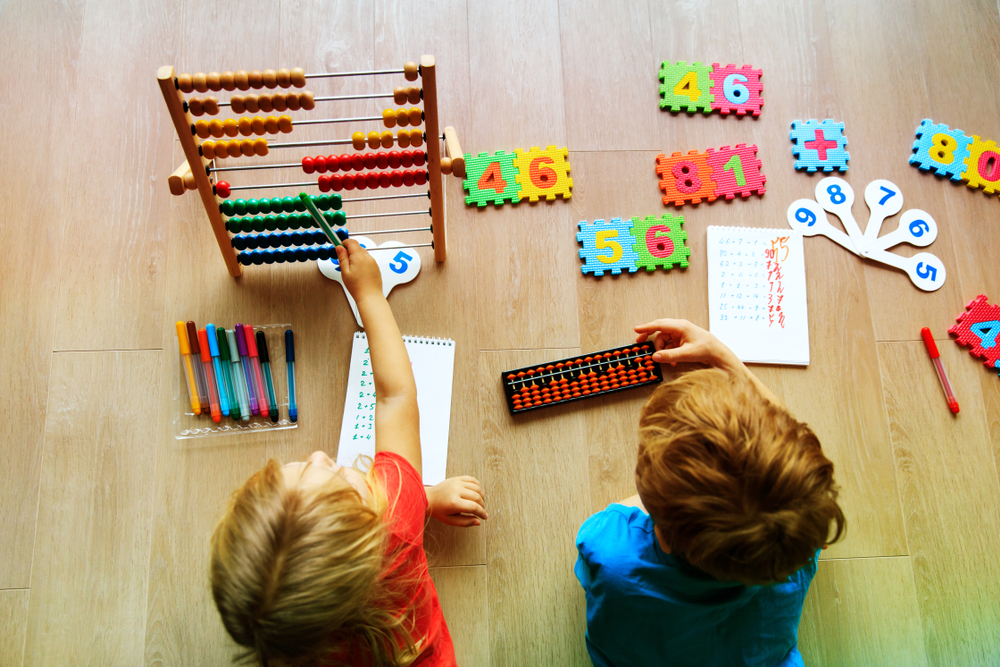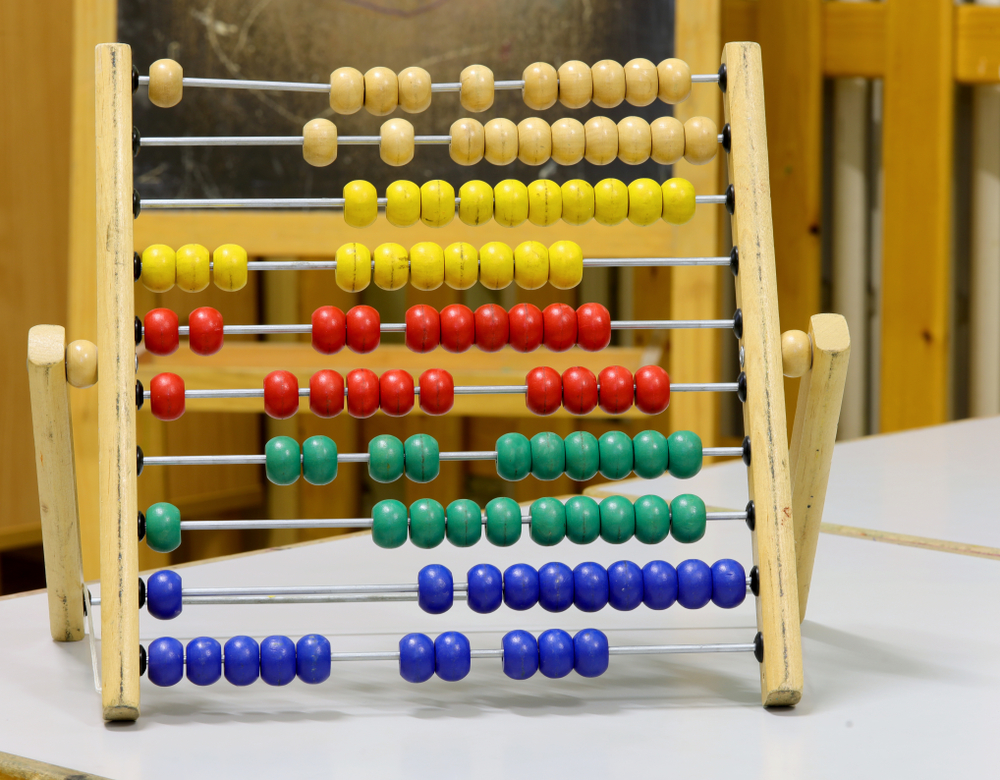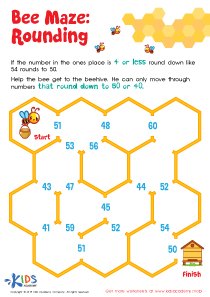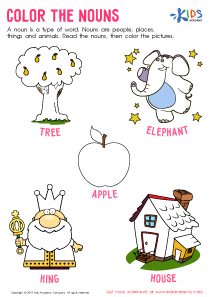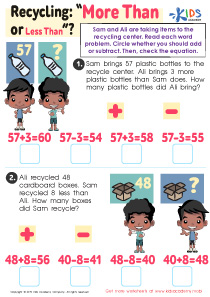Visual perception Numbers up to 100 Worksheets for 6-Year-Olds
4 filtered results
-
From - To
"Visual Perception Numbers up to 100 Worksheets for 6-Year-Olds" are expertly designed to enhance your child's math and cognitive skills in early childhood. These engaging, age-appropriate sheets focus on recognizing, counting, and understanding numbers up to 100 through vibrant visuals and interactive tasks. Ideal for young learners, these resources boost number sense, improve concentration, and develop critical thinking. Perfect for both classroom use and home practice, they offer a fun, effective way to build foundational math abilities in a way that captures and sustains the interest of 6-year-olds. Foster early numeracy and visual skills with these valuable worksheets.
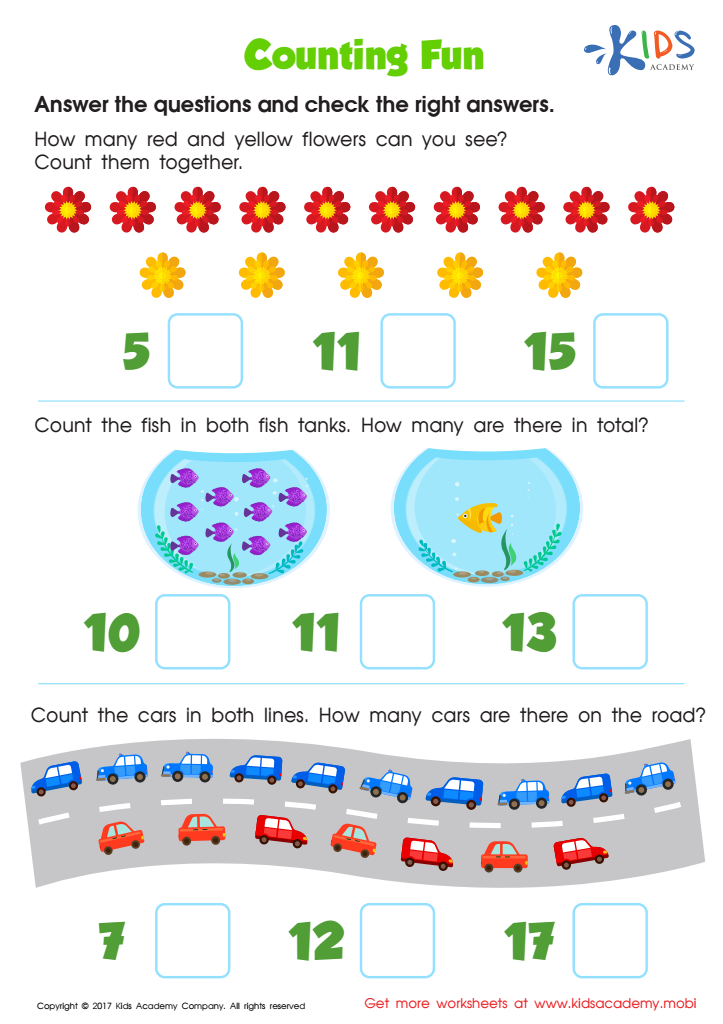

Counting Fun Worksheet
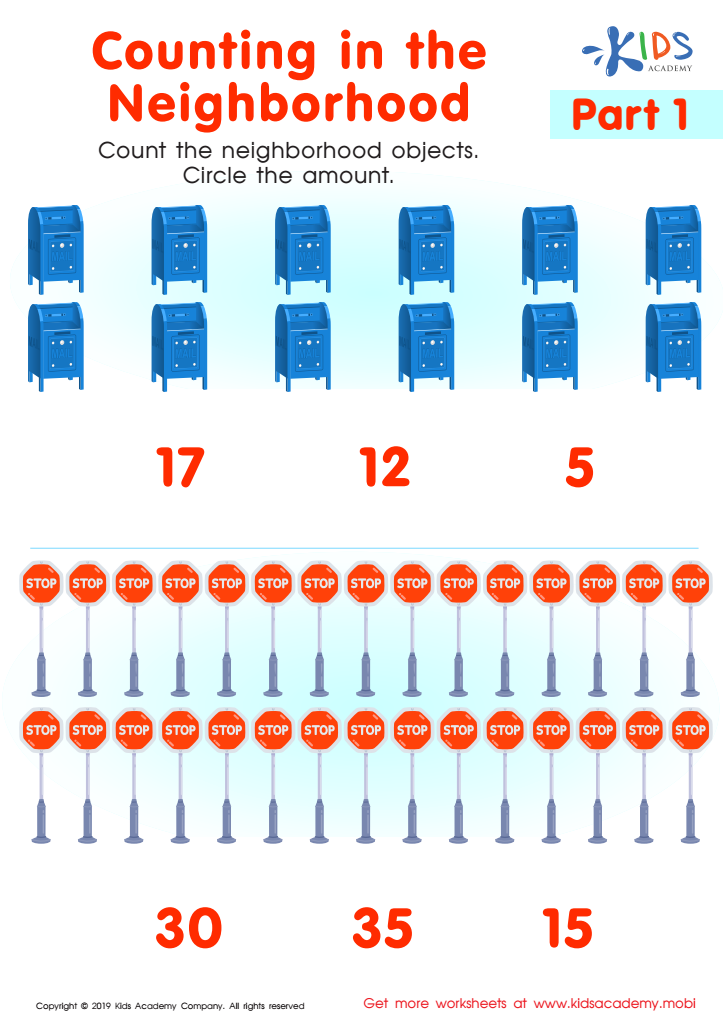

Counting in the Neighborhood Part1 Worksheet
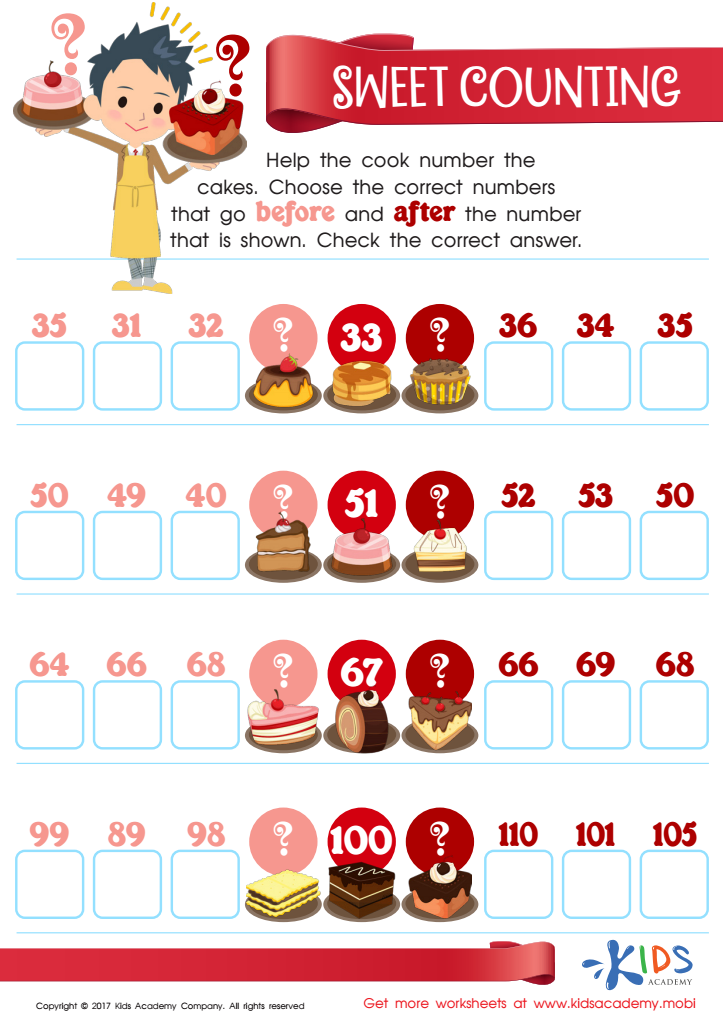

Sweet Counting - Part 1 Worksheet
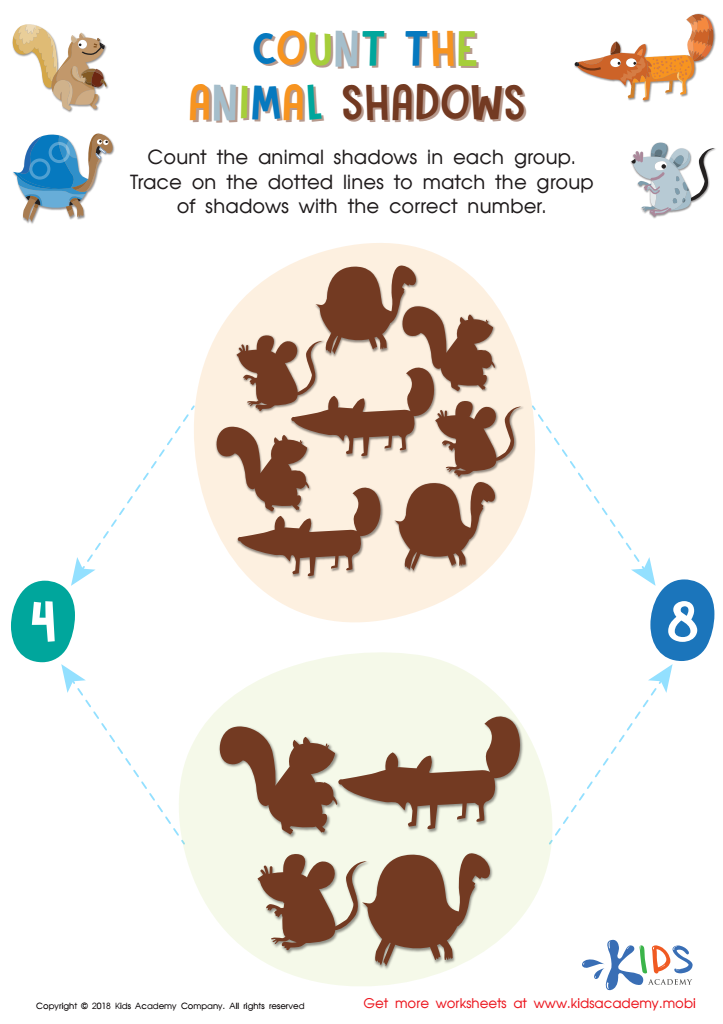

Count the Animal Shadows Worksheet
Visual perception of numbers up to 100 in 6-year-olds is crucial for their cognitive and educational development. This foundational skill significantly impacts their ability to understand and interact with the world mathematically, laying the groundwork for more advanced arithmetic and problem-solving tasks later on.
For parents and teachers, fostering strong visual perception of numbers involves helping children recognize, categorize, and interpret numbers accurately and efficiently. This ability not only enhances early math skills like counting, addition, and subtraction but also develops spatial awareness and pattern recognition. Visual perception strengthens cognitive capabilities such as memory, attention to detail, and logical reasoning, which are essential for overall academic success.
Engaging with numbers visually through games, puzzles, and interactive activities makes learning fun and helps retain young learners' interest. Moreover, early mastery of these skills reduces potential struggles with math anxiety and boosts confidence, encouraging a positive attitude toward future learning.
Teachers and parents play a pivotal role by providing developmentally appropriate resources and adopting consistent practices to reinforce these skills. Celebrating small milestones and offering positive reinforcement can make the learning experience enjoyable and impactful, ensuring children have a solid numerical foundation to build upon as they progress through their educational journey.
 Assign to My Students
Assign to My Students






